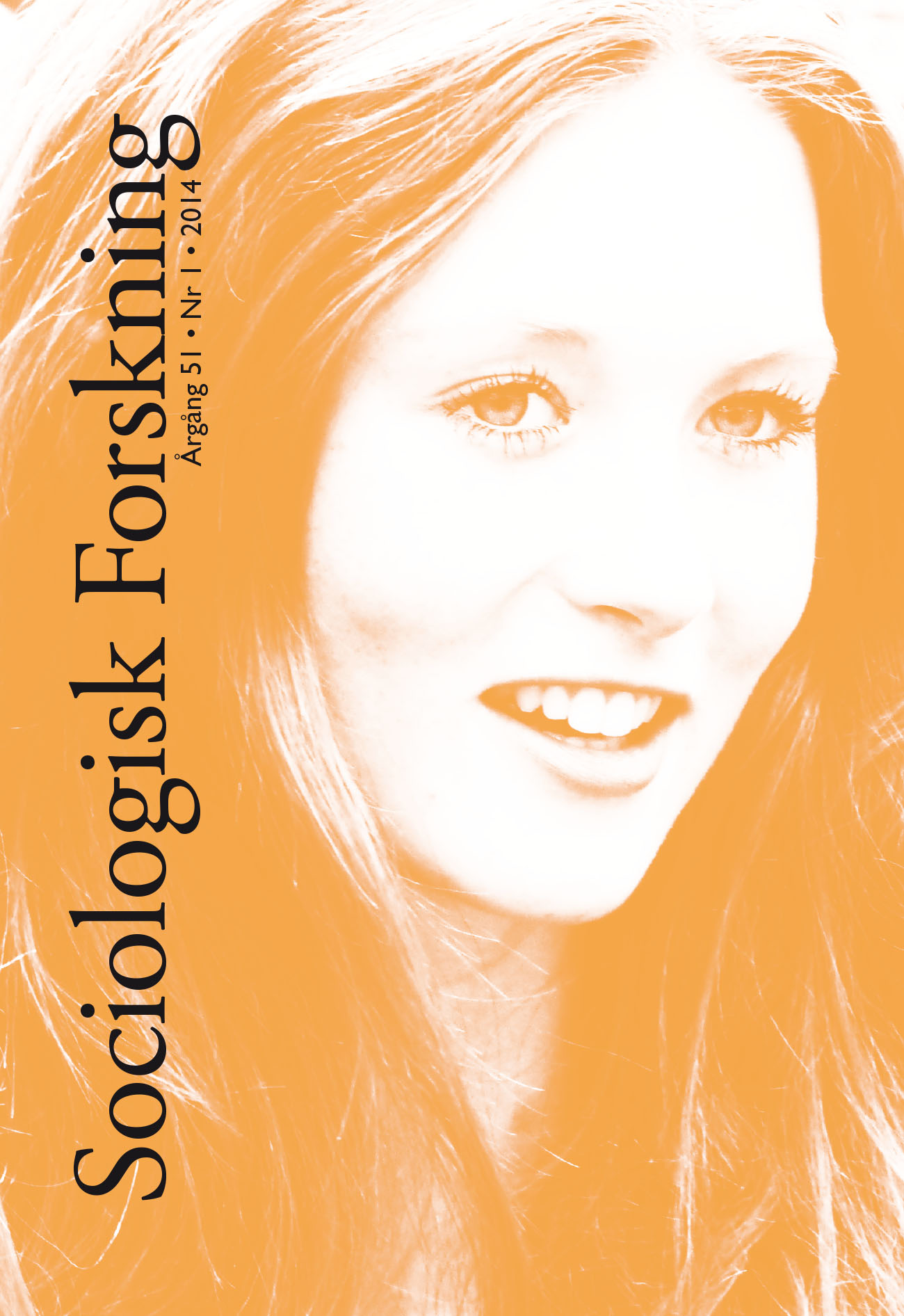Barnen och stadsrummet
relationer mellan kompetens, ålder och delaktighet
DOI:
https://doi.org/10.37062/sf.51.18306Nyckelord:
age, childhood, participation, spatial competence, urban spaceAbstract
Children and urban space – relations between competence, age and participation
In this paper we focus on how children and adults discuss children’s competence in urban space, and how this relates to the age of the child. Spatial competence is linked to the possibility to experience and participate in urban space. Gaining spatial competence thus requires children to be allowed to make experiences in public space. However, our research suggests that age is the organizing norm regarding who is viewed as competent enough to gain access to and participate in urban space. Firstly, spatial competence is related to age-based categories, where children and adults are viewed as homogeneous categories. Adults are viewed as spatially competent while children are viewed as non-competent. Secondly, spatial competence is related to chronological age and defined from an adult perspective which means that increased chronological age is equated with increased competence. It is shown that chronological age is the organizing norm also for how children order other children within the category of children in terms of how spatially competent they are
Downloads
Publicerad
Referera så här
Nummer
Sektion
Licens
Allt material i Sociologisk Forskning publiceras med omedelbar öppen tillgång (open access), under Creative Commons-licensen CC BY-NC-ND 4.0.
Allt innehåll i tidskriften är fritt tillgängligt utan kostnad och får för icke-kommersiella syften fritt läsas, laddas ned, kopieras, delas, skrivas ut och länkas. Innehållet får dock inte ändras. När innehållet används måste författare och källa anges. Upphovsrätten till innehållet tillhör respektive författare. Inga publiceringsavgifter tas ut.





